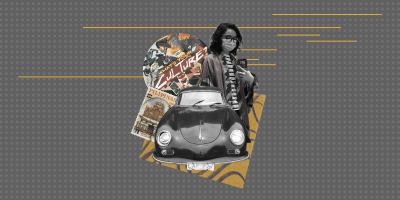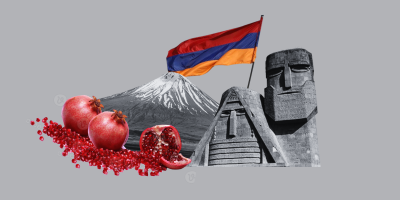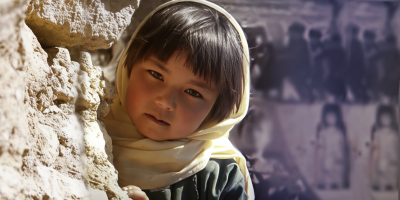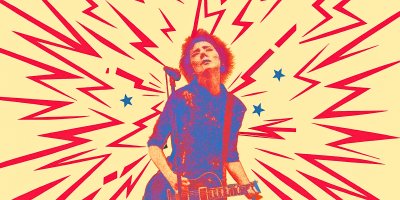
“When we bring our mind home to our body, something wonderful happens; our mental discourse stops its chattering,” Thich Nhat Hanh, a Vietnamese Buddhist Zen master, poet, peace activist, and global spiritual teacher, writes. He introduces a thought-provoking instrument of confronting suffering through this quote in his book “No Mud, No Lotus: The Art of Transforming Suffering”, published in 2019 by Parallax Press. Exiled from his native Vietnam, the author engaged in bringing mindfulness among people worldwide through his impactful teaching.
When nominating him for the Nobel Peace Prize, Dr. Martin Luther King, Jr. called him “an Apostle of peace and nonviolence.” His book “No Mud, No Lotus” is an invaluable attempt to cultivate contemplative thinking among its readers, proposing insights centered on accomplishing healthy inner work and a state of mindful awareness.
Right from the beginning, the book proposes an idea of fundamental value: our body is our home. When we let our minds wander unawarely, we abandon our homes, allowing feelings of loss, hopelessness, and alienation to manifest instantly. When we come back to ourselves and breathe mindfully, the only subject of our attention is our breath. The practice is not centered on fighting or suppressing the feeling that makes one let the mind roam but rather on cradling it with tenderness.
Thich Nhat Hanh demonstrates this through the example of a mother embracing her child and penetrating the energy of tenderness into the body of the child. Even if the mother does not understand the causes of her child’s suffering, she takes the child into her arms with tenderness, bringing relief. Thus, when we recognize and cradle the suffering, there is already relief.
The art of transforming suffering starts with perceiving suffering as an indispensable and unavoidable element of happiness, argues the author. Lotus flowers do not grow without the mud. The mud does not smell good, but it is necessary for the lotuses to grow and flourish. It is not possible for us to grow lotus flowers on marble. In parallel, happiness cannot grow without suffering.
Thich Nhat Hanh suggests that suffering cannot be eliminated entirely but can be smoothly alleviated. At times of hardship, it is easy to notice suffering, overwhelming oneself with intractable despair. Yet, bringing the mind to home or our body is a potent remedy for relieving suffering. Acknowledging that happiness and suffering can and need to coexist is a paramount effort towards achieving happiness.
The author notes that happiness can be created anytime, even when not everything is perfect. “There is a paradise of shapes and colors available to you at every moment,” Thich Nhat Hanh states. Through gratitude and appreciation, happiness can sprout immediately. The nourishment of happiness comes with daily acknowledgment, understanding, and compassion for ourselves and the people around us. The practices of transforming the art of suffering and achieving happiness suggested by the author encompass first looking deeply into our fearful attachment and letting go of the negative feelings that cause the body and mind to suffer. Inviting the positive seeds of our consciousness into our lives further ensures that we water wholesome qualities in our minds. On top of that, fostering mindfulness-based joy paves the way for achieving happiness since bringing our mind home to our body through mindfulness leads to peace of mind and harmony.
When discussing the strengths of the book, it is of critical importance to emphasize that the book offers profoundly original and compelling insights that convey unique ideas to the readers and suggest valuable mechanisms for transforming perceptions of suffering. The ideas elaborated in the book are rich in metaphors, valuable examples, and clear descriptions that substantially enhance one’s understanding of the coexistence of suffering and happiness.
Nonetheless, despite the fact that the book introduces practical exercises of mindfulness, establishing sustainable mechanisms for readers to practice mindfulness habitually could also be elaborated to further solidify the readers’ understanding. Additionally, the book could offer more insights into confronting external factors since it primarily focused on the innermost aspect of the self, largely disregarding the external complexities interfering with the emotional realm.
Lastly, the depth, originality, and profoundness of Thich Nhat Hanh’s book shape it as an outstanding read for individuals who are passionate about working step-by-step toward mindfulness, clarity, and harmony in their lives. The book could be a serene journey towards cultivating flowers of happiness!












